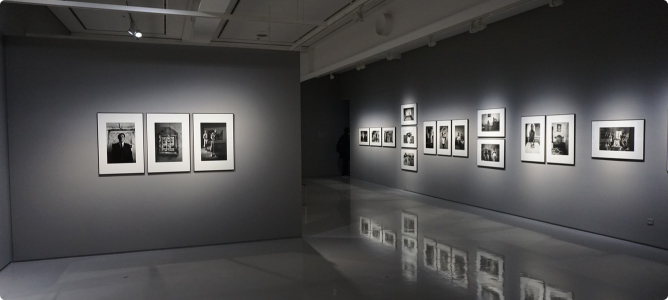
Cultural Roots of Digital Art and The Future Ahead of Us

Image Source: FreeImages
Digital art has been growing at exponential rates in the past few years. With the ease of access and sharing, anyone with a computer can create digital art. This has also created a new type of artistic expression that is not limited by tradition or geography; it is based on culture, language and heritage. This article will explore how digital art is rooted in different cultures around the world and what that means for future growth potential. The digital art movement is an emerging artistic genre that combines digital imaging software with aesthetics to create unique visual effects. It encompasses works which are created from any medium capable of transmitting an image, whether it be photography, film, television, video games or any other form of digital transmission. Digital art is also known as virtual reality (VR) art because it merges real and virtual worlds through the use of 3D software creating an immersive experience for viewers.
What is Digital Art?
When we think of art and digital, we often associate the two with each other. However, digital art is a more specific artistic genre. The definition of digital art is any work of art created using digital software. This category encompasses all of the effects you see when you watch a movie or look at an image online. Digital art can be in any form of media and can be used for a variety of purposes. It can be created for the purpose of amusement, education, advertising and communication.
Cultural Roots of Digital Art
As you can see, digital art is rooted in many different cultures. It is no coincidence that the rise of digital art coincides with the rise of modern technology around the world. As early as the 14th century, artists began using computers as a means of creating art. With the popularity of computers, artists were able to create art in more ways than ever before. Now, digital art has increased exponentially in popularity due to the availability of affordable technology and the ease of sharing digital art.
The Future of Digital Art: Where to From Here?
As with any new artistic genre, digital art has a long way to go before it achieves its full potential. The rate of growth for digital art has been impressive, but it is still very new. When digital art first started gaining popularity, it was extremely limited. However, with technological advancements, the possibilities for digital art are endless. In the future, we may see the development of fully immersive virtual reality art that could bring digital art to the next level. With the ability to immerse viewers in a virtual world, digital art could become even more meaningful and impactful.
Summary
Digital art has come a long way since its origins in the late 1980s. Now, anyone can create digital art using software. This has expanded the reach of art and allowed artists to express themselves in different ways. The future of digital art is bright, and new technologies are being developed that could take the genre to the next level. Artificial intelligence, for example, can be used to create more engaging art by analysing user behaviour and preferences. With the wide range of creative styles that can be created through digital art, the future of art looks promising.
